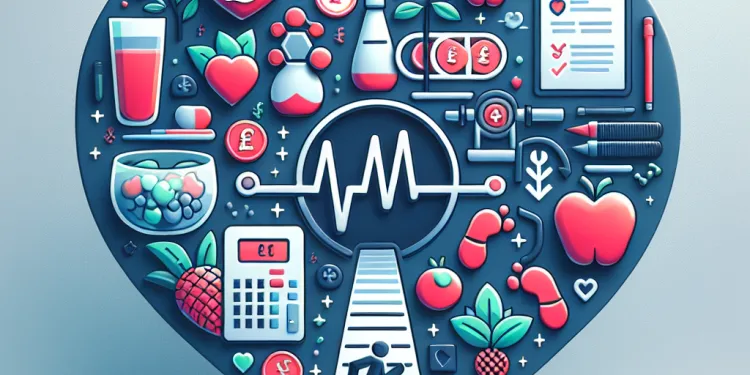
Find Help
More Items From Ergsy search
-
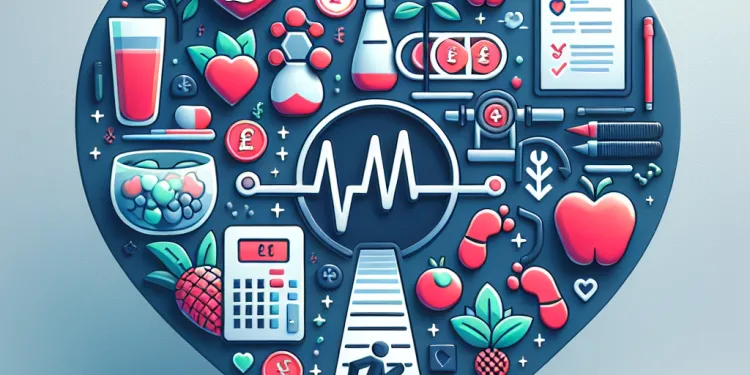
What lifestyle changes can help manage thrombosis risk?
Relevance: 100%
-

Who is at higher risk for thrombosis?
Relevance: 76%
-

What are the risk factors for thrombosis?
Relevance: 75%
-

What is thrombosis?
Relevance: 67%
-

How is thrombosis treated?
Relevance: 63%
-
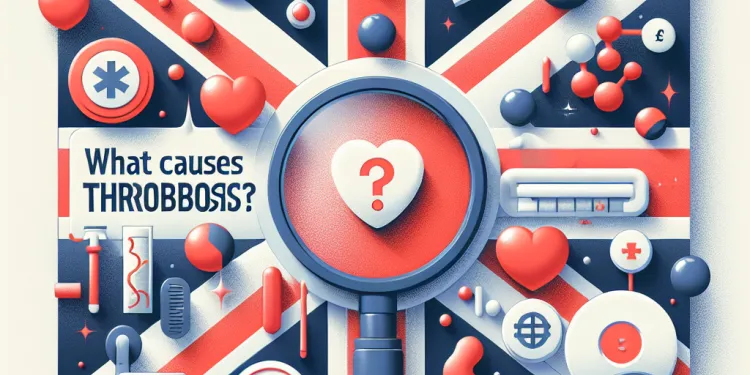
What causes thrombosis?
Relevance: 61%
-
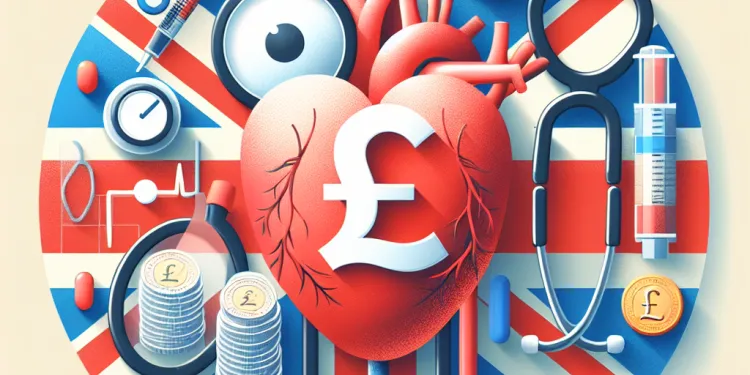
What are the types of thrombosis?
Relevance: 58%
-

What are the symptoms of arterial thrombosis?
Relevance: 57%
-

How is thrombosis diagnosed?
Relevance: 56%
-
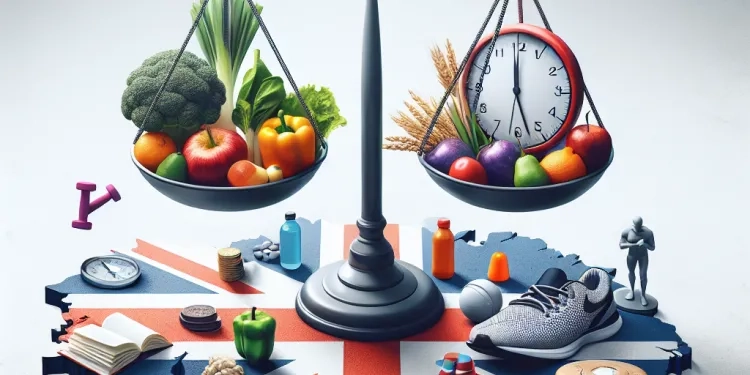
Can lifestyle changes help manage ADHD?
Relevance: 55%
-

Can lifestyle changes help manage Carpal Tunnel Syndrome?
Relevance: 53%
-

What role do lifestyle changes play in managing psoriasis?
Relevance: 53%
-

Can lifestyle changes help manage Huntington's disease?
Relevance: 50%
-

Can lifestyle changes help manage pain and fever during pregnancy?
Relevance: 50%
-

What lifestyle changes can help lower the risk of bowel cancer?
Relevance: 47%
-

Are there any lifestyle changes that can help reduce the risk of Alzheimer's?
Relevance: 47%
-

Can chronic fatigue syndrome be managed with lifestyle changes?
Relevance: 45%
-

What lifestyle changes can help manage sleep apnea?
Relevance: 45%
-

What lifestyle changes can help manage heart failure?
Relevance: 44%
-

Are there lifestyle changes recommended with Baxdrostat?
Relevance: 43%
-

Why is thrombosis dangerous?
Relevance: 43%
-
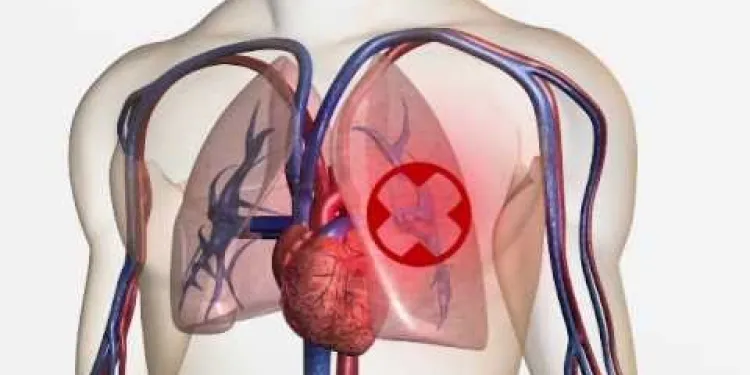
A guide to hospital-acquired deep vein thrombosis and pulmonary embolism
Relevance: 43%
-

Can lifestyle changes help with postnatal depression?
Relevance: 42%
-

Can diet or lifestyle changes prevent appendicitis?
Relevance: 42%
-

Can lifestyle changes help prevent testicular cancer?
Relevance: 42%
-

What are the symptoms of deep vein thrombosis (DVT)?
Relevance: 42%
-

Is thrombosis a common condition?
Relevance: 41%
-
Can lifestyle changes also help prevent colorectal cancer?
Relevance: 41%
-
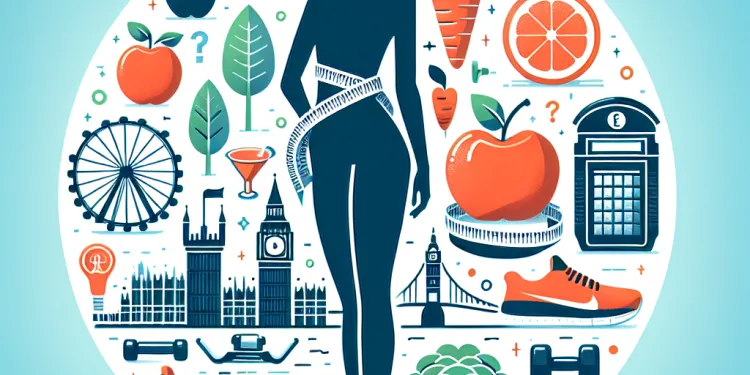
Do lifestyle changes need to accompany Ozempic for weight loss?
Relevance: 41%
-
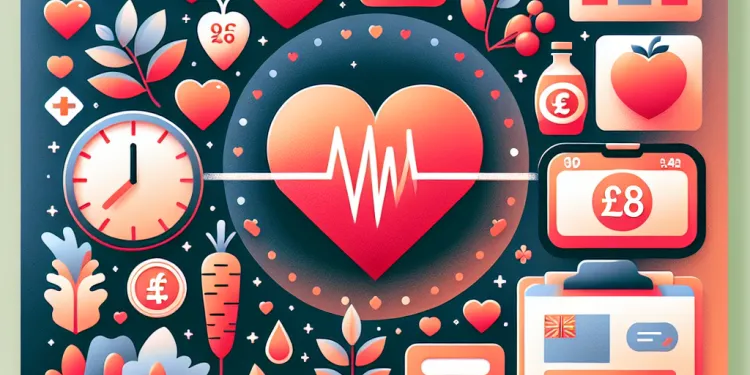
What lifestyle changes can lower blood pressure?
Relevance: 38%
-
Can lifestyle changes help manage mitochondrial disease?
Relevance: 38%
-

Can lifestyle changes impact motor neurone disease progression?
Relevance: 37%
-

Are there any lifestyle changes that can help regulate cortisol levels?
Relevance: 36%
-

What lifestyle changes can help someone with dementia?
Relevance: 32%
-

Prolapse Management
Relevance: 31%
-

How do cognitive changes in older adults influence driving risk?
Relevance: 30%
-

What dietary changes can help manage Crohn's disease?
Relevance: 30%
-

Is there any risk of hypoglycemia with Mounjaro?
Relevance: 29%
-
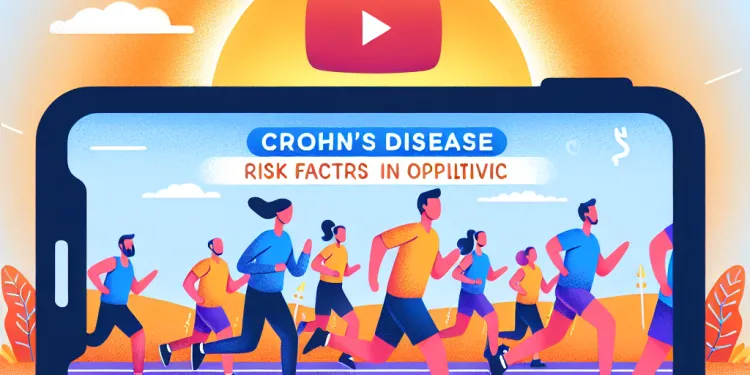
Who is at risk of developing Crohn's disease?
Relevance: 29%
-

Is there a risk of permanent nerve damage?
Relevance: 28%
Maintain a Healthy Diet
A balanced diet is essential in managing thrombosis risk. Consuming a variety of fruits, vegetables, whole grains, and lean proteins can improve overall cardiovascular health. Reducing the intake of saturated fats, trans fats, and cholesterol can help to lower blood cholesterol levels, reducing the risk of clot formation. Additionally, incorporating omega-3 fatty acids found in fish, flaxseeds, and walnuts may provide anti-inflammatory benefits that protect against blood clots.
Regular Physical Activity
Engaging in regular physical activity is crucial in reducing thrombosis risk. Exercise improves circulation and helps prevent the formation of clots by stimulating healthy blood flow. Aim for at least 150 minutes of moderate aerobic activity, such as brisk walking or cycling, each week. Physical activities not only improve heart health but also support weight management, which is vital for reducing the strain on the circulatory system.
Weight Management
Maintaining a healthy weight is pivotal in lowering thrombosis risk. Excess body weight can increase pressure on veins and lead to impaired circulation. By maintaining a healthy weight through a balanced diet and regular exercise, you can enhance vascular health and decrease the likelihood of blood clots. Even a small amount of weight loss can positively impact risk levels.
Smoking Cessation
Smoking is a significant risk factor for thrombosis as it damages blood vessels and increases the likelihood of clotting. Quitting smoking is one of the most impactful changes you can make to reduce your risk. There are various resources and support systems available in the UK, such as NHS stop smoking services, which can provide guidance and support in quitting effectively.
Limit Alcohol Intake
Moderation is key when it comes to alcohol consumption. Excessive alcohol intake can lead to high blood pressure and increase the risk of developing clots. The UK guidelines recommend not drinking more than 14 units of alcohol per week, spread across several days, to mitigate associated risks.
Stay Hydrated
Proper hydration is essential to prevent dehydration, which can thicken the blood and contribute to clot formation. Aim for at least six to eight glasses of water a day, depending on your individual needs and activity level. Adequate hydration helps maintain healthy blood consistency and promotes proper circulation.
Regular Health Check-Ups
Routine medical check-ups allow for early detection and management of thrombosis risk factors, such as high blood pressure and elevated cholesterol levels. Regular monitoring by healthcare providers ensures timely intervention and can significantly reduce the risk of serious health issues associated with thrombosis.
Eat Healthy Foods
Eating healthy foods is important to keep away blood clots. Try to eat lots of fruits, vegetables, whole grains, and lean meats. These help your heart stay healthy. Avoid eating too many fatty foods and foods with a lot of cholesterol. Eating foods with omega-3, like fish, can also help.
Exercise Regularly
Moving your body is key to staying healthy and preventing blood clots. Exercise helps your blood flow better. You should try to get at least 150 minutes of exercise each week. Walking or cycling are good choices. Exercise also helps keep your weight in a healthy range.
Keep a Healthy Weight
Being at a healthy weight helps lower the chance of blood clots. Extra weight makes it harder for your veins to work properly. Eating healthy and exercising helps you maintain a healthy weight. Even losing a small amount of weight can help a lot.
Stop Smoking
Smoking is bad for your blood and can cause clots. Stopping smoking is one of the best things you can do. In the UK, there are many people and places that can help you quit smoking. NHS stop smoking services are there to guide and support you.
Drink Less Alcohol
It is important to drink alcohol carefully. Drinking too much can raise your blood pressure and cause clots. The advice in the UK is not to drink more than 14 units of alcohol each week. Spread your drinks over several days.
Drink Enough Water
Drinking water is important. It helps your blood stay the right thickness and makes your blood flow smoothly. Try to drink six to eight glasses of water each day. This keeps your body and blood healthy.
Visit the Doctor Regularly
Going to the doctor for check-ups can help find problems early. The doctor can check your blood pressure and cholesterol levels. Regular check-ups help keep you healthy and lower the risk of blood clots.
Frequently Asked Questions
What dietary changes can help manage thrombosis risk?
Eating a balanced diet rich in fruits, vegetables, whole grains, and lean proteins can help reduce thrombosis risk. Limiting saturated fats, trans fats, and cholesterol is also beneficial.
How does regular exercise influence thrombosis risk?
Regular physical activity improves circulation and can help prevent the formation of blood clots. Aim for at least 150 minutes of moderate-intensity exercise each week.
Why is it important to maintain a healthy weight for thrombosis prevention?
Being overweight increases the risk of developing blood clots, so maintaining a healthy weight can reduce thrombosis risk by decreasing strain on the circulatory system.
How can smoking cessation impact thrombosis risk?
Smoking damages blood vessels and increases clot formation risk, so quitting smoking greatly reduces the risk of thrombosis.
What role does hydration play in thrombosis prevention?
Staying well-hydrated helps keep blood flowing smoothly, reducing the likelihood of clot formation.
Should alcohol consumption be moderated to manage thrombosis risk?
Yes, moderate alcohol consumption can benefit heart health, but excessive drinking increases thrombosis risk. Moderation is key.
How does managing stress affect thrombosis risk?
Chronic stress can contribute to cardiovascular issues, so managing stress through relaxation techniques can help lower thrombosis risk.
Is it important to manage blood pressure to reduce thrombosis risk?
Yes, high blood pressure damages arteries and increases the risk of blood clots, so maintaining healthy blood pressure is crucial.
What are the benefits of regular medical check-ups for thrombosis prevention?
Regular check-ups help monitor risk factors like blood pressure, cholesterol, and blood sugar levels, aiding thrombosis prevention.
Why should one avoid prolonged sitting?
Prolonged sitting can lead to poor circulation and increase clot risk, so taking breaks to stand or walk is recommended.
How does controlling cholesterol levels help manage thrombosis risk?
High cholesterol can lead to plaque build-up in arteries, increasing clot risk. Controlling cholesterol helps maintain artery health.
Can wearing compression stockings help manage thrombosis risk?
Yes, compression stockings improve blood flow in the legs and reduce the risk of clot formation, especially during long travel or standing.
What is the role of blood sugar management in thrombosis risk reduction?
Managing blood sugar levels helps prevent vascular complications that can increase thrombosis risk, particularly for diabetics.
How important is it to follow medical advice and prescribed treatments?
Adhering to prescribed treatments and medical advice is crucial in managing thrombosis risk, ensuring any underlying conditions are well-controlled.
How can wearing loose-fitting clothes help reduce thrombosis risk?
Loose-fitting clothes promote good circulation and reduce the risk of restricted blood flow, which can contribute to clot formation.
Can a regular sleep schedule impact thrombosis risk?
Adequate and regular sleep supports overall cardiovascular health, potentially lowering thrombosis risk by maintaining balanced hormone levels.
Why is avoiding high sodium intake recommended for thrombosis prevention?
High sodium intake can increase blood pressure, which is a risk factor for thrombosis. Reducing salt can help maintain healthy blood pressure levels.
Is it important to be aware of family medical history for thrombosis management?
Knowing your family medical history can help identify inherited risk factors, allowing for proactive management of thrombosis risk.
Can engaging in yoga or meditation reduce thrombosis risk?
Yes, yoga and meditation can reduce stress and improve circulation, which may lower thrombosis risk by promoting cardiovascular health.
Why should one avoid excessive use of certain medications without medical advice?
Some medications, like hormone replacements or birth control pills, can increase thrombosis risk. Always follow medical advice regarding their use.
What food changes can help with blood clots?
Eating healthy foods can help keep your blood flowing well. Try to eat lots of fruits, vegetables, whole grains, and lean meats. It is also good to eat less of certain fats that are not healthy for you.
How does exercise affect the risk of blood clots?
Exercise is when you move your body, like walking or playing. It can help keep your body healthy.
Blood clots are clumps of blood that can block tubes in your body where blood moves. They are called 'blood vessels.' If a blood clot happens, it can be harmful.
Doing exercise regularly can help reduce the risk of getting blood clots. Exercise helps your blood flow better, making clots less likely to form.
Helpful tools to stay active:
- Use a step-counting app to see how many steps you take each day.
- Set a timer to remind you to move every hour.
- Try activities you enjoy, like dancing or playing games outside.
Moving your body helps your blood flow better and stops clots from forming. Try to do 150 minutes of exercise each week. This means doing exercises that make you breathe a bit harder, like walking fast.
Why is it important to keep a healthy weight to stop thrombosis?
Keeping a healthy weight helps you stay strong and feel good. It can also stop problems like thrombosis.
What is thrombosis?
Thrombosis is when blood clots block blood from moving in your body. This can make you very ill.
Why does a healthy weight help?
- A healthy weight helps your heart and blood flow well.
- It lowers the chance of clots forming.
- It helps you breathe better and feel more energy.
Tips for keeping a healthy weight:
- Eat lots of fruits and vegetables.
- Drink water instead of sugary drinks.
- Move your body every day - like walking or playing outside.
Tools that can help you:
- Use a chart to track your meals and playtime.
- Ask a friend or family member to help you.
- Use apps to remind you to drink water and eat healthy snacks.
If you weigh too much, you can get sick from blood clots. Keeping your weight healthy helps your blood move better and stops you from getting blood clots. Try to stay at a good weight to keep your blood healthy.
How does stopping smoking affect blood clots?
Stopping smoking can make your blood healthier.
When you smoke, you can get blood clots. Blood clots can make you sick.
If you stop smoking, you have less chance of getting blood clots.
Here are some tips to help you stop smoking:
- Ask a doctor or nurse for help.
- Use special patches or gum.
- Talk to friends and family for support.
- Try to stay away from places where people smoke.
Stopping smoking is good for your health!
Smoking hurts the blood tubes in your body. It also makes it easier for clots to form. Clots can be very dangerous. If you stop smoking, you will lower the chance of getting a clot.
How does drinking water help stop blood clots?
Drinking enough water helps your blood move easily. This makes it less likely for blood clots to form.
Is it good to drink less alcohol to help prevent blood clots?
Drinking a little bit of alcohol can be good for your heart. But drinking too much is not good and can make it more likely for you to have blood clots. It's important to drink in small amounts.
Here are some tips to help you understand better:
- Drink small amounts of alcohol.
- Try using reading tools like text-to-speech to help you understand the information.
- Ask someone you trust for help if you have questions.
How does controlling stress change the chance of getting a blood clot?
Managing stress can help lower the risk of blood clots. Here are some tips: - **Relax:** Take deep breaths and try to stay calm. - **Exercise:** Go for a walk or run. It helps your body and mind. - **Talk:** Share your feelings with friends or family. - **Sleep:** Make sure you get enough rest every night. These tools can help keep your body healthy and reduce stress. If you need help, talk to a doctor or an adult you trust.Being stressed for a long time can be bad for your heart. It's important to stay calm and relaxed. This can help keep your blood healthy.
Should you take care of blood pressure to stop blood clots?
Yes, high blood pressure can hurt your arteries. It makes it more likely for blood clots to form. Keeping your blood pressure healthy is very important.
If you find reading hard, you can try some helpful tools or ways to make it easier. You can use text-to-speech tools that read the words out loud. Or, you can use apps that make the text bigger and clearer. Asking someone to read with you can also help.
Why is it good to see the doctor often to stop blood clots?
Regular doctor visits help check things like blood pressure, cholesterol, and blood sugar. This helps stop blood clots from forming.
Why is sitting for a long time not good?
Sitting for a long time is not good. It can slow blood flow and cause clots. It is good to take breaks. Stand up or walk around often.
How does keeping cholesterol low help with blood clots?
High cholesterol means there is too much fat in your blood. This can make your blood vessels narrow and clogged. This can be dangerous.
It is important to keep cholesterol at a healthy level. This helps keep your blood vessels clear and your heart healthy.
If you find this hard to read, you can:
- Use a reading app to help you understand more easily.
- Ask someone you trust to read it with you.
- Look for videos or pictures that explain about cholesterol.
Can wearing tight socks help with blood clots?
Yes, compression stockings help the blood move better in your legs. They lower the chance of getting a blood clot. They are helpful when you travel for a long time or stand for a long time.
How does controlling blood sugar help prevent blood clots?
Keeping your blood sugar levels steady is important. This helps stop problems with blood vessels. People with diabetes need to be extra careful because they can have a higher chance of getting blood clots.
To help, you can use tools like a blood sugar monitor. Eating healthy and exercising also help. Talking to a doctor is a good idea too!
Why is it important to do what the doctor says?
Doctors help us get better. It's good to follow their advice. Take your medicine like they say. It helps make you feel better.
If you have trouble, ask someone to help. You can use reminders or set alarms to take medicine on time. This keeps you healthy and strong.
It is very important to follow your doctor's advice and take your medicine. This helps keep your blood moving properly and stops clots from forming.
How do loose clothes help stop blood clots?
Wearing loose clothes can help your blood flow better. Tight clothes can squeeze your veins and make it harder for blood to move. When blood moves well, it helps stop clots.
Try wearing baggy pants or loose shirts. They give your body space to move and help blood flow.
If you sit for a long time, stand up and move around to help your blood flow, too.
Wearing loose clothes is good for your body. It helps your blood move around nicely. This means it's less likely for you to get blood clots, which are like bumps that can stop your blood from moving well.
Using pictures or drawings can also help you understand more about this.
Can going to bed at the same time every night affect blood clots?
Going to bed and waking up at the same time every day can help your health. It might lower the risk of getting blood clots.
You can set an alarm to remind you when to go to sleep and when to wake up. This can help you keep a regular sleep schedule.
Getting enough sleep and sleeping well is good for your heart. It can help keep your blood healthy and may lower the chance of having blood clots.
Here are some tips to help you sleep better:
- Go to bed at the same time every night.
- Make your bedroom dark and quiet.
- Avoid looking at screens before bed, like TVs, phones, or tablets.
- Try to relax before going to sleep by reading a book or listening to calm music.
Why is it good to eat less salt to stop blood clots?
Eating too much salt can make your blood pressure go up. This means your blood moves too fast and hard. When this happens, you might get blood clots, which are bad for your body. Eating less salt can help keep your blood pressure at a safe level.
If you need help understanding this, you can try using pictures or videos to learn more about healthy eating. You can also ask an adult for help.
Is it important to know your family's health history to manage blood clots?
Knowing your family’s health history can help find health problems that might run in your family. This can help you take steps to manage your risk of thrombosis early.
Can yoga or meditation help lower the risk of blood clots?
Yoga and meditation are exercises that help you relax.
When you do yoga or meditate, you stretch and breathe deeply.
This can help your body by making blood flow better.
Better blood flow can lower the chance of getting blood clots.
Blood clots can be harmful because they block blood in your veins.
Stay active and move your body every day to help your blood flow.
If you need help, you can use apps or videos to guide your yoga or meditation at home.
Yes, yoga and meditation can help you feel less stressed. They can also help your blood move better in your body, which can keep your heart healthy and lower the chance of blood clots.
Why should you be careful with taking too much medicine without asking a doctor?
Taking too much medicine can be bad for you. Always ask a doctor before using a lot of medicine. The doctor will tell you what is safe. If you are not sure, ask for help.
Here are some ways you can ask for help:
- Talk to your doctor or nurse.
- Ask a family member or friend to help you.
- Use apps or websites that explain your medicine.
Some medicines, like hormone pills or birth control pills, can make it easier for your blood to form clots. Always listen to your doctor about how to use these medicines.
Useful Links
- Ergsy carfully checks the information in the videos we provide here.
- Videos shown by Youtube after a video has completed, have NOT been reviewed by ERGSY.
- To view, click the arrow in centre of video.
- Most of the videos you find here will have subtitles and/or closed captions available.
- You may need to turn these on, and choose your preferred language.
- Go to the video you'd like to watch.
- If closed captions (CC) are available, settings will be visible on the bottom right of the video player.
- To turn on Captions, click settings .
- To turn off Captions, click settings again.
More Items From Ergsy search
-

What lifestyle changes can help manage thrombosis risk?
Relevance: 100%
-

Who is at higher risk for thrombosis?
Relevance: 76%
-

What are the risk factors for thrombosis?
Relevance: 75%
-

What is thrombosis?
Relevance: 67%
-

How is thrombosis treated?
Relevance: 63%
-

What causes thrombosis?
Relevance: 61%
-

What are the types of thrombosis?
Relevance: 58%
-

What are the symptoms of arterial thrombosis?
Relevance: 57%
-

How is thrombosis diagnosed?
Relevance: 56%
-

Can lifestyle changes help manage ADHD?
Relevance: 55%
-

Can lifestyle changes help manage Carpal Tunnel Syndrome?
Relevance: 53%
-

What role do lifestyle changes play in managing psoriasis?
Relevance: 53%
-

Can lifestyle changes help manage Huntington's disease?
Relevance: 50%
-

Can lifestyle changes help manage pain and fever during pregnancy?
Relevance: 50%
-

What lifestyle changes can help lower the risk of bowel cancer?
Relevance: 47%
-

Are there any lifestyle changes that can help reduce the risk of Alzheimer's?
Relevance: 47%
-

Can chronic fatigue syndrome be managed with lifestyle changes?
Relevance: 45%
-

What lifestyle changes can help manage sleep apnea?
Relevance: 45%
-

What lifestyle changes can help manage heart failure?
Relevance: 44%
-

Are there lifestyle changes recommended with Baxdrostat?
Relevance: 43%
-

Why is thrombosis dangerous?
Relevance: 43%
-

A guide to hospital-acquired deep vein thrombosis and pulmonary embolism
Relevance: 43%
-

Can lifestyle changes help with postnatal depression?
Relevance: 42%
-

Can diet or lifestyle changes prevent appendicitis?
Relevance: 42%
-

Can lifestyle changes help prevent testicular cancer?
Relevance: 42%
-

What are the symptoms of deep vein thrombosis (DVT)?
Relevance: 42%
-

Is thrombosis a common condition?
Relevance: 41%
-
Can lifestyle changes also help prevent colorectal cancer?
Relevance: 41%
-

Do lifestyle changes need to accompany Ozempic for weight loss?
Relevance: 41%
-

What lifestyle changes can lower blood pressure?
Relevance: 38%
-
Can lifestyle changes help manage mitochondrial disease?
Relevance: 38%
-

Can lifestyle changes impact motor neurone disease progression?
Relevance: 37%
-

Are there any lifestyle changes that can help regulate cortisol levels?
Relevance: 36%
-

What lifestyle changes can help someone with dementia?
Relevance: 32%
-

Prolapse Management
Relevance: 31%
-

How do cognitive changes in older adults influence driving risk?
Relevance: 30%
-

What dietary changes can help manage Crohn's disease?
Relevance: 30%
-

Is there any risk of hypoglycemia with Mounjaro?
Relevance: 29%
-

Who is at risk of developing Crohn's disease?
Relevance: 29%
-

Is there a risk of permanent nerve damage?
Relevance: 28%


